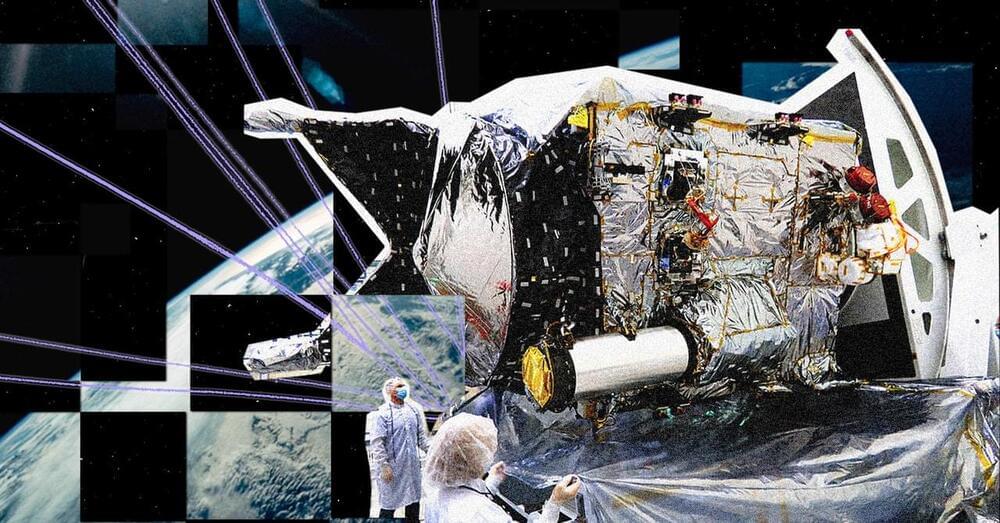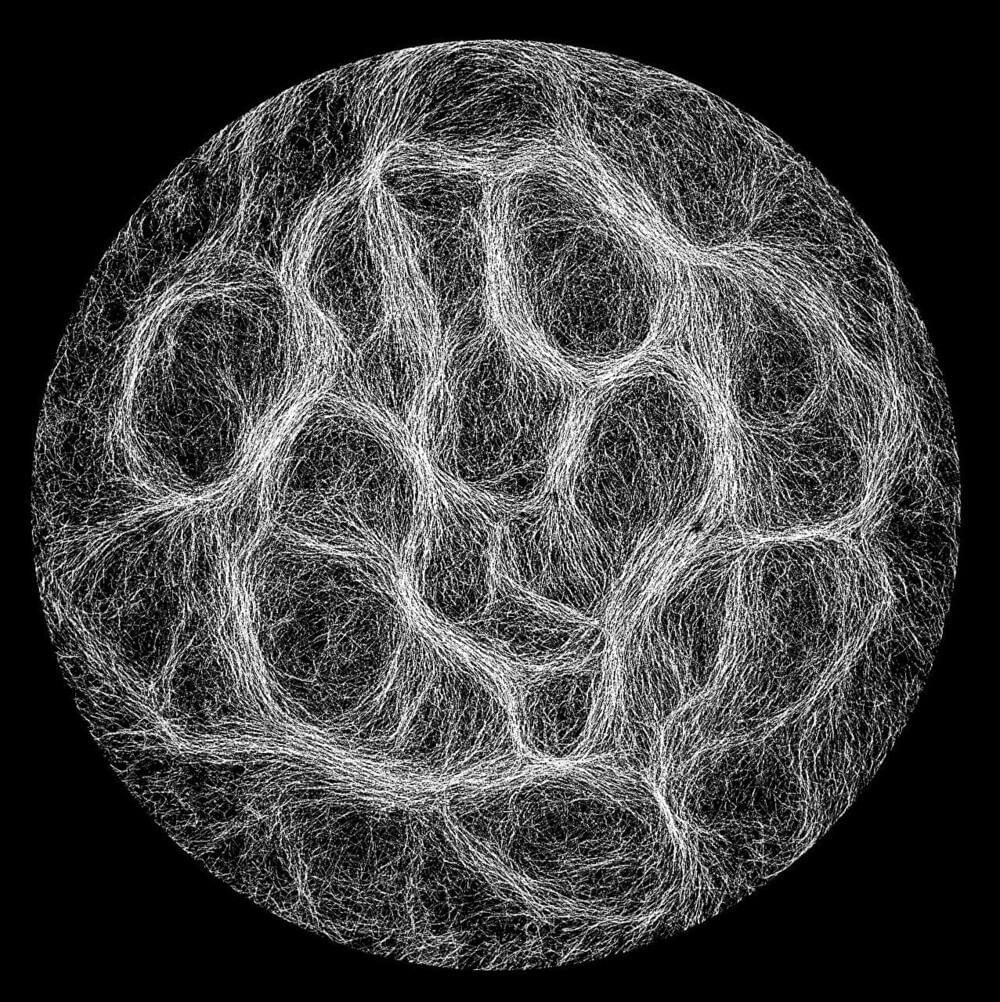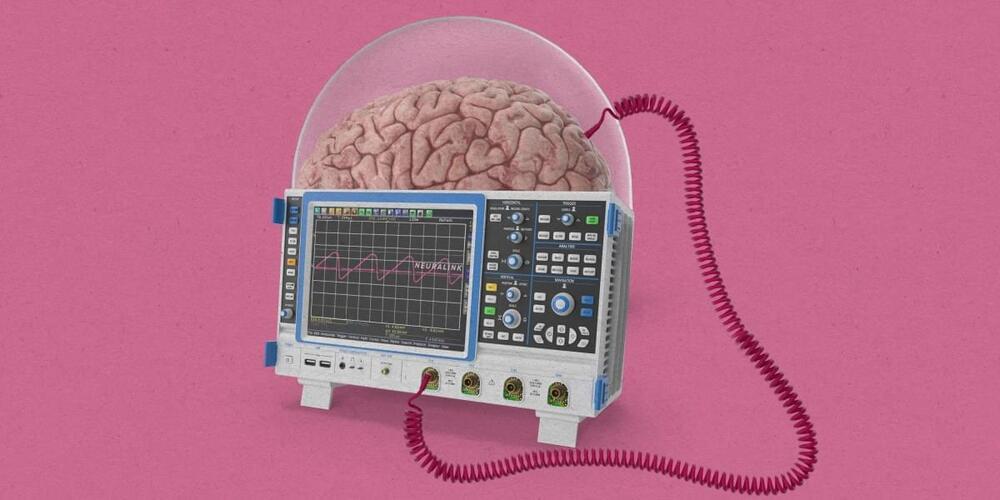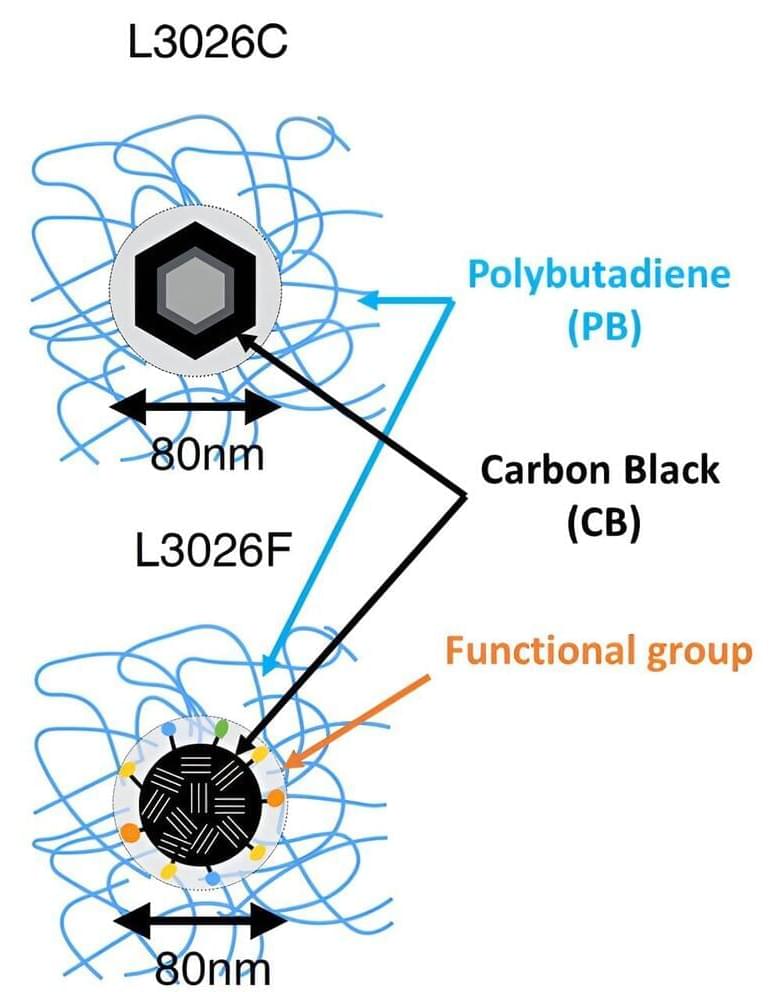The Psyche probe is heading to its namesake metal-rich asteroid. Along the way, it will demonstrate a near-infrared laser system to send high-rate data hundreds of millions of miles home.



Scientists have for the first time revealed how blue-green algae—visible as the slippery green slime in stagnant water, riverbeds, and seashores—weaves itself into large weblike structures.
A team at Nottingham Trent University and Loughborough University has revealed the physical mechanism behind the geometric patterns formed of cyanobacteria, one of the oldest and most abundant forms of life on Earth, and which has played a pivotal role in the evolution of our planet.
The research, for which Ph.D. students Mixon Faluweki and Jan Cammann are co-lead authors, is published in the journal Physical Review Letters.
Join us for an enlightening livestream hosted by the European Biostasis Facility, where we delve into the intricacies of biostasis — a rapidly advancing fiel…

Chinese scientists claim they’ve had unexpected success in developing a high-powered microwave (HPM) weapon, according to The Diplomat. The magazine notes that in January, Huang Wenhua, deputy director of China’s Northwest Institute of Nuclear Technology, was awarded for his research on directed energy, which HPM weapons use.
HPM systems are able to destroy electronic equipment, and in an age when most combat systems—from tanks to planes, radios to satellites—rely on electronics, the weapons could change the way wars are fought. Warships will be fitted with HPM weapons to intercept incoming missiles.
The HPM project, alongside other projects involving lasers and electromagnetic pulses, is part of the Chinese regime’s “Assassin’s Mace” (or “Trump Card”) program designed to defeat a technologically superior opponent by disabling or destroying the technology that makes the opponent superior.

Colorado-based Prometheus Materials has developed masonry blocks from a low-carbon cement-like material grown from micro–algae.
The blocks, which meet the American Society for Testing and Materials (ASTM) standards, were made using an organic cement-like material grown in bioreactors that reproduces itself in ways similar to coral.
“Coral reefs, shells, and even the limestone we use to produce cement today show us that nature has already figured out how to bind minerals together in a strong, clever, and efficient way,” said Prometheus Materials co-founder Wil V Srubar III.

Feizi and his coauthors looked at how easy it is for bad actors to evade watermarking attempts. (He calls it “washing out” the watermark.) In addition to demonstrating how attackers might remove watermarks, the study shows how it’s possible to add watermarks to human-generated images, triggering false positives. Released online this week, the preprint paper has yet to be peer-reviewed, but Feizi has been a leading figure in AI detection, so it’s worth paying attention to, even at this early stage.
It’s timely research. Watermarking has emerged as one of the more promising strategies to identify AI-generated images and text. Just as physical watermarks are embedded on paper money and stamps to prove authenticity, digital watermarks are meant to trace the origins of images and text online, helping people spot deepfaked videos and bot-authored books. With the US presidential elections on the horizon in 2024, concerns over manipulated media are high—and some people are already getting fooled. Former US president Donald Trump, for instance, shared a fake video of Anderson Cooper on his Truth Social platform; Cooper’s voice had been AI-cloned.
This summer, OpenAI, Alphabet, Meta, Amazon, and several other major AI players pledged to develop watermarking technology to combat misinformation. In late August, Google’s DeepMind released a beta version of its new watermarking tool, SynthID. The hope is that these tools will flag AI content as it’s being generated, in the same way that physical watermarking authenticates dollars as they’re being printed.

Zaha Hadid Architects has won a competition for the design of a new harborfront district in the Chinese city of Sanya. Located on the southern tip of Hainan island, the area attracts 80 million tourists each year for its forests and beaches, a demand that is driving the development of the new harbor district.

Innovation thrives when we pause to observe, question, and reimagine the world around us, turning challenges into opportunities for progress. Nature, in particular, serves as a rich source of inspiration. By observing it, studying its daily challenges, and contemplating its processes, we can discover valuable insights that inspire innovative solutions.
One of these current challenges is the production of concrete, an ancient and extremely popular material that is now accountable for a significant portion of global CO₂ emissions, due to the energy-intensive process of cement production and the chemical reactions involved. It is estimated to be responsible for approximately 8% of the world’s… More.
Explore the impressive properties of Prometheus Materials’ zero-carbon bio-concrete, a sustainable alternative to traditional concrete.

Speeding up communication between humans is surprisingly tricky.
Last week, a post by Elon Musk on X (formerly known as Twitter) caught my eye. The entrepreneur claimed that sticking electrodes in people’s heads is going to lead to a huge increase in the rate of data transfer out of, and into, human brains.
The occasion of Musk’s post was the announcement by Neuralink, his brain-computer interface (BCI) company, that it was officially seeking the first volunteer to receive the “N1,” an implant comprising 1,024 electrodes able to listen in on brain neurons.

Scientists have observed the molecular motion of rubber components typically used in automobile tires—polybutadiene and carbon black—with the world’s fastest time resolution.
The study, published in Applied Physics Letters, reveals a clear interaction between the two components on the atomic scale, paving the way towards improved diagnostics of tire rubber degradation and the development of materials with enhanced durability.
Tire rubber is a composite material that typically includes synthetic rubber, such as polybutadiene, and added nanoparticles, such as carbon black, to improve its physical properties. During driving, strong forces act on the tire, causing its components to move against each another, which can lead to wear and degradation of the material.